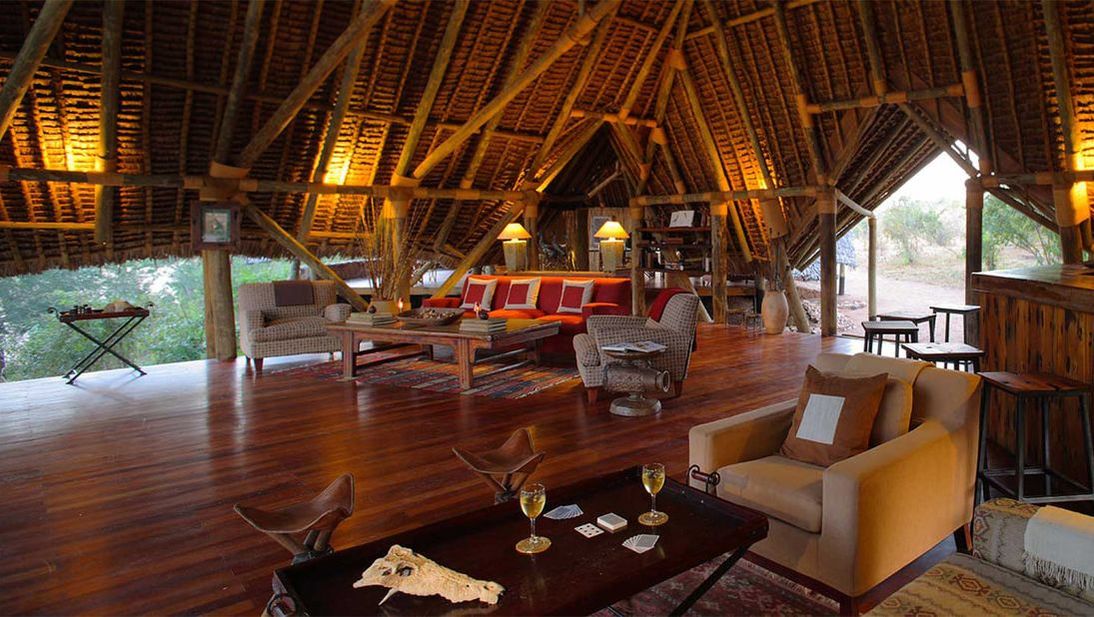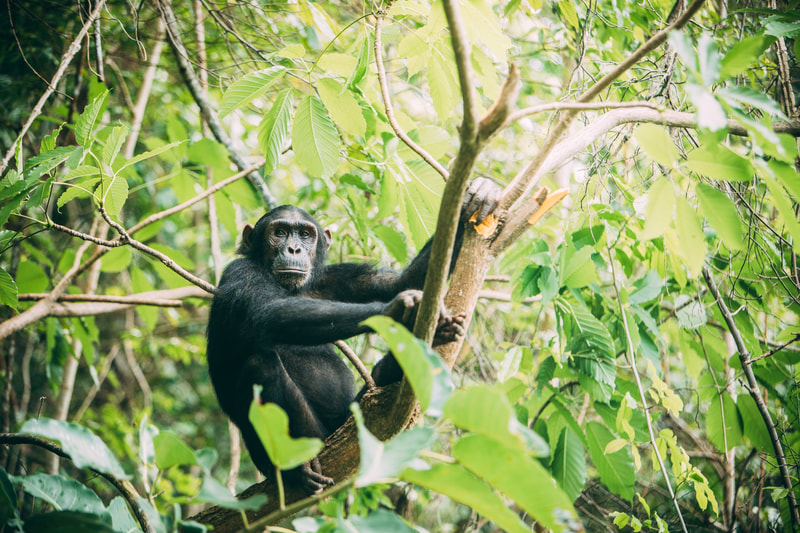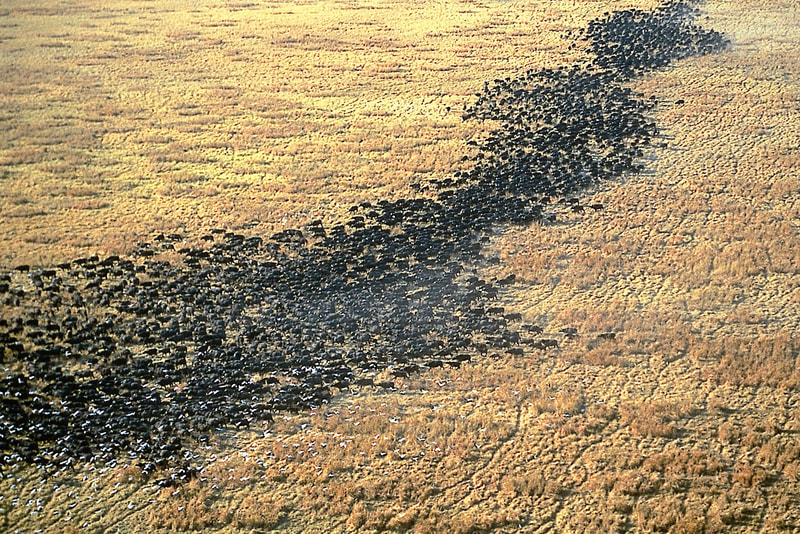X Slider Background Settings
Ruaha National ParkDespite being the largest National Park in Tanzania and having a substantial elephant population in addition to other big game, there are very few lodges in Ruaha National Park. Known as one of Tanzania’s best kept secrets, Ruaha receives very few visitors each year, meaning it offers some of the most remote and untouched wildness in Tanzania. Its’ rolling hills, gigantic baobab trees, vast open plains, miombo woodlands, and the Great Ruaha River yield a myriad landscapes from which to view the diversity of game inhabiting this park. One has the feeling of delving deep into the African wilderness surrounded by so many animals and so few, if any, vehicles.
|
Highlights
|
Wildlife
Amongst wildlife enthusiasts Ruaha is revered for its distinctive blend of Southern African species and those commonly found in East Africa. The predator numbers in the park are impressive with an abundance of cheetahs, leopards, wild dog and spotted hyennas indigenous to the area. The park is inhibited by unusually large prides of lions and 10% of the entire worlds lion population can be found in this vast park. In addition, Ruaha is home to vast herds of buffalo and over 530 recorded species of birds. With a hot and dry climate the Great Ruaha River serves as a critical water source for most of the animals in the park and therefore makes for unrivalled game viewing, particularly in the dry season.
|
Activities
All the lodges in Ruaha offer driving safaris and a number of the lodges also offer walking safaris and fly camping, depending on the season. Walking safaris offer guests the opportunity to interact up close and personal and gain a more more nuanced understanding of the intricacies of this remarkable ecosystem. While the focus of a walking safari is not for big game viewing, but rather learning more about the plants, animals tracks and smaller species, all of which play a vital role in this delicate balanced environment, however, spotting big game in Ruaha while on a walk is certainly not uncommon.
|
SeasonsThe dry season between July-October is the best time to visit Ruaha as the animals flock to the few available water sources making them easier to observe. Walking safaris are generally only possible during the dry season as the sparse vegetation makes spotting a camouflaged lion snoozing in the grass possible from a safe distance. With the rain comes lush vegetation but low visibility. Most lodges are closed for the height of the rainy season from March-April. However the month of June and from January-February are also good times to visit but can be unpredictable weather wise and game viewing cannot be guaranteed to be quite as good as in the dry season.
|
Lodges & Camps
Ruaha only has a handful of lodges but they are spread throughout the park with varying levels of comfort and value such as Jongomero Camp, pictured on the left, or the adventurous Kichaka Expeditions camps. Some cater for those who want to be completely immersed in the wilderness but have a luxurious tent with all the comfort and service of a 5 star property while others accommodate adventurous types who are willing to forgo some comforts and prefer the focus to be on expert guiding and an all engaging bush experience.
|























